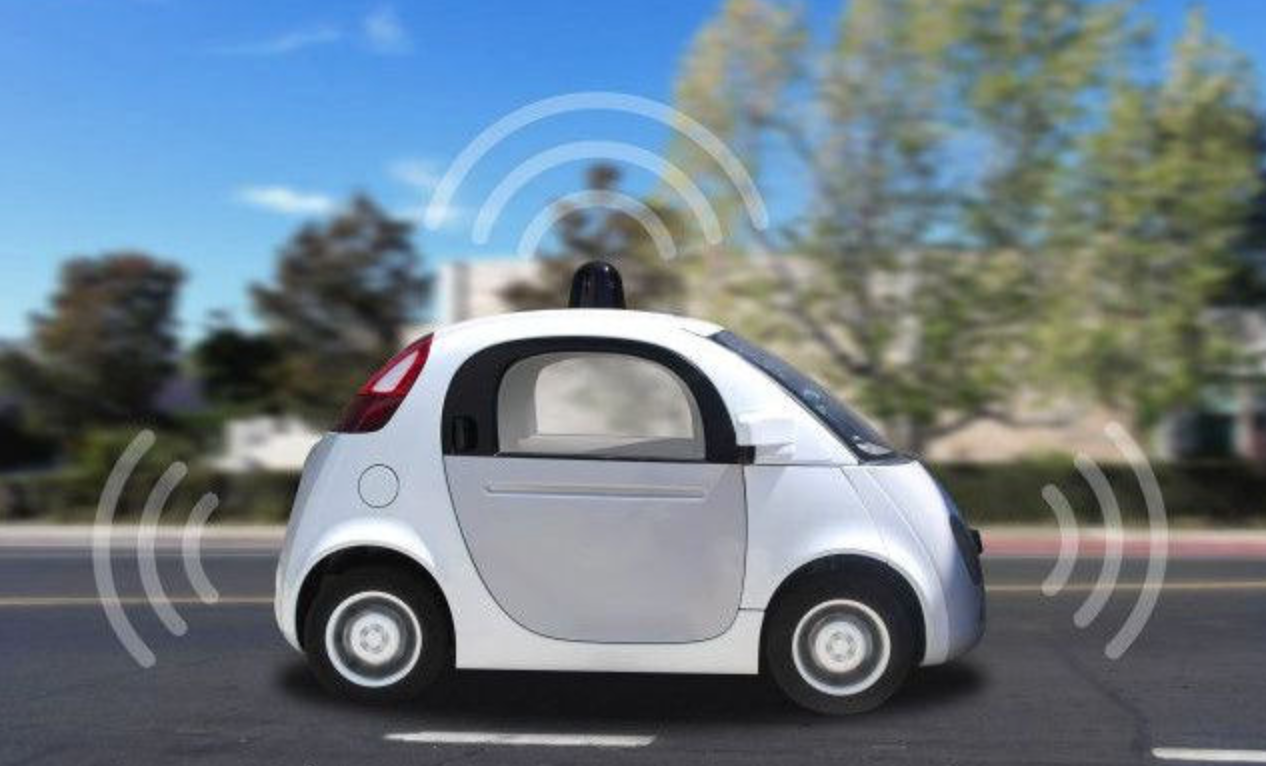Welcome to the weekly roundup of notable news, research and commentary on all things urbanism and urban policy from Houston, the Sun Belt and beyond. Dive in. There won’t be a new one next week so savor this one before it returns the following week.
Title Page
Mayors Skeptical of Trump’s Infrastructure Plan. Governing.
Introduction
The Appalachian City That Raised Its Taxes and Grew. Next City.
“In the towns, cities and counties where leaders are working to find a way forward, the search is on for a new export. This time, the hope is for something place-based that can keep the economy humming while encouraging businesses to invest locally. In Berea, that thing is art and culture.”
Executive Summary
Driverless technology is coming but what that will mean for cities and planning is still a bit unclear. A team of researchers from the University of Oregon’s Sustainable Cities Initiative recently released a thoughtful report on how this new mode of transportation offers an opportunity to rethink the street.
“The bulk of transportation planning over the last half-century has conflated the basic purpose of transportation – providing access to destinations – with the simplistic goal of moving motor vehicles at high speeds with limited impedance,” the report notes. “Streets have been designed and prioritized for movement of cars, with other road users treated as an afterthought – if at all.”
The report is refreshingly straightforward for those wanting to think through what a new driverless city might look like. Lanes may be made smaller and fewer. Parking demand may go significantly down, as well as car ownership. With all that new land, cities can consider “non-auto transportation, infill housing, small-scale retail and commerce, urban ecological corridors, recreation” and more.
Importantly, these are shifts cities can start planning for now. “We suggest that cities use this opportunity to flip the paradigm from the car as the most important actor on a street, to walking and biking holding this prime status,” the authors write. This looks different depending on the road type, but the authors also walk through each of those as well.
The main takeaway: “Planners should not wait for certainty about how technology will develop, but deploy sustainable transportation solutions now.”
Conclusion
About that Hurricane Harvey relief...Chris Hooks wrote a searing op-ed in the Houston Chronicle calling out the Texas delegation for failing to secure sufficient funds in the wake of the storm.
“So, shoot the moon. Disaster relief should be a breeze - let’s build that Ike Dike. Summon up some scratch for Houston’s creaky reservoir system. Get Mayor Sylvester Turner’s shopping list and the state Legislature’s and load up. In a previous generation, that might have been how it worked out.
Instead, in the real world, everything’s getting fumbled, and the state has been consistently disrespected by the Trump administration and the rest of Congress.”
Endnotes
Underlying problem is the high cost of health care (and insurance). People aren’t skipping insurance because they don’t want it. They’re skipping it because they can’t afford it. The mandate worked, but it forced people to buy something they couldn’t afford #healthpolicy https://t.co/gwgfGi8Cpr
— Ryan Holeywell (@RyanHoleywell) January 30, 2018

